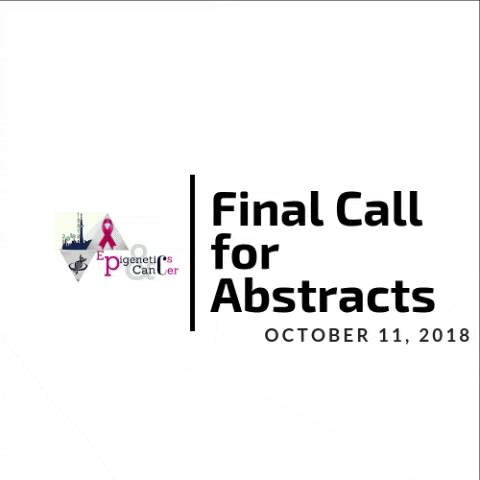
Xiaoying Cui
The Unversity of Queensland, Australia
Title: Noncoding RNA regulation of neuroblastoma growth and apoptosis via epigenetic pathways
Biography
Biography: Xiaoying Cui
Abstract
Neuroblastoma is a severe disorder that affects infant and young children. The survival rates of the patients with highly aggressive tumour is less than 50%, despite intensive multimodal therapy. Recently, a growth body of evidence have shown that noncoding RNAs played critical role in the tumour growth and are now the novel drug targets for multiple tumours. Long intergenic noncoding RNA HOX-antisense intergenic RNA myeloid 1 (HOTAIRM1) had been found to be associated with a few cancers including leukemia, colon cancer and breast cancer. In this study, we showed that low HOTAIRM1 was expressed at low abundance in human and mouse neuroblastoma. Knockdown HOTAIRM1 altered cell cycle progression and delayed the retinoic acid-induced dopaminergic differentiation of human SHSY5Y cells. The dopamine related genes including tyrosine hydroxylase (the rate limiting enzyme for dopamine synthesis and dopamine neuronal marker), vesicular monoamine transporter 2 and monoamine oxidase were reduced by HOTAIRM1 attenuation. Furthermore, we observed a dramatic increase in the number of caspase 3 positive cells when HOTAIRM1 was decreased, suggesting reduction of HOTAIRM1 could lead to apoptosis of human neuroblastoma. We also found that reducing HOTAIRM1 modulated DNA methylation and histone methylation, indicating that HOTAIRM1 modulate cell proliferation, differentiation and apoptosis via epigenetic pathways. Collectively, we revealed that noncoding RNA HOTAIRM1 modulates the growth and apoptosis of human and mouse neuroblastomas. This noncoding RNA could be a potential therapeutic target in the treatment of human neuroblastoma.

